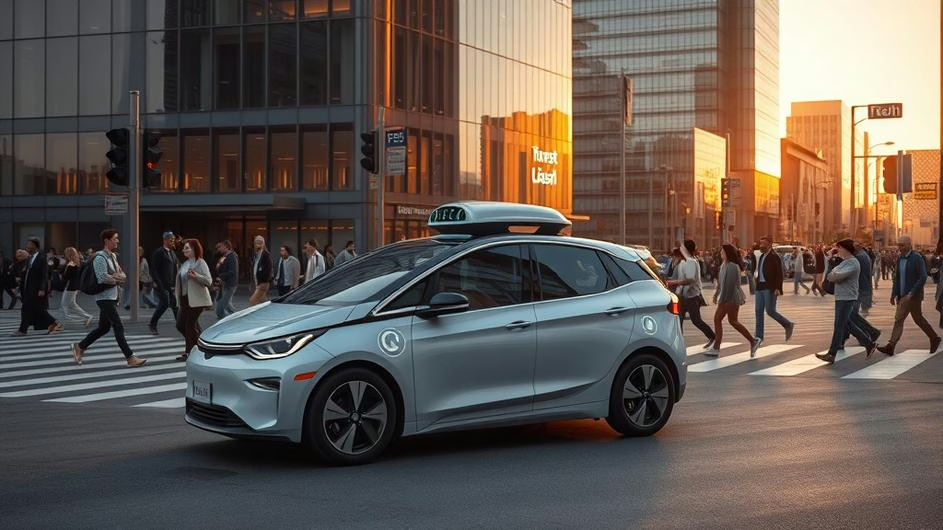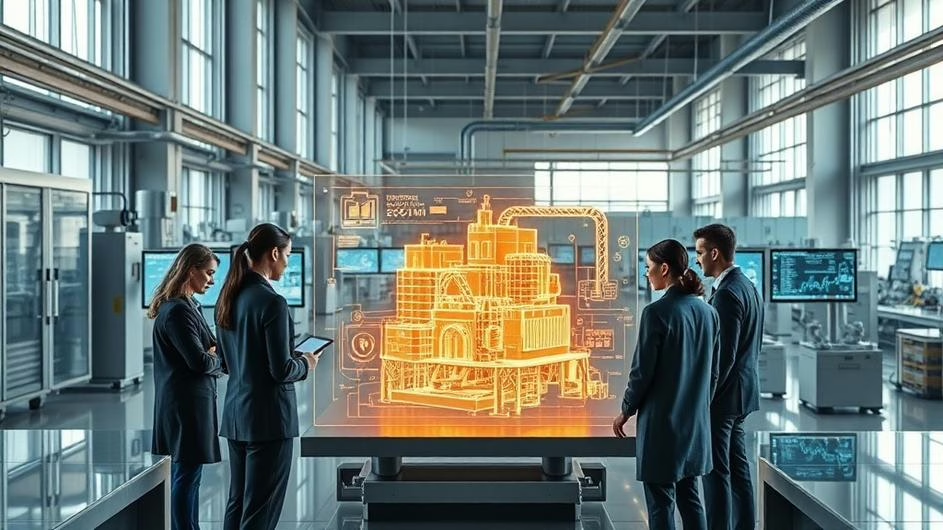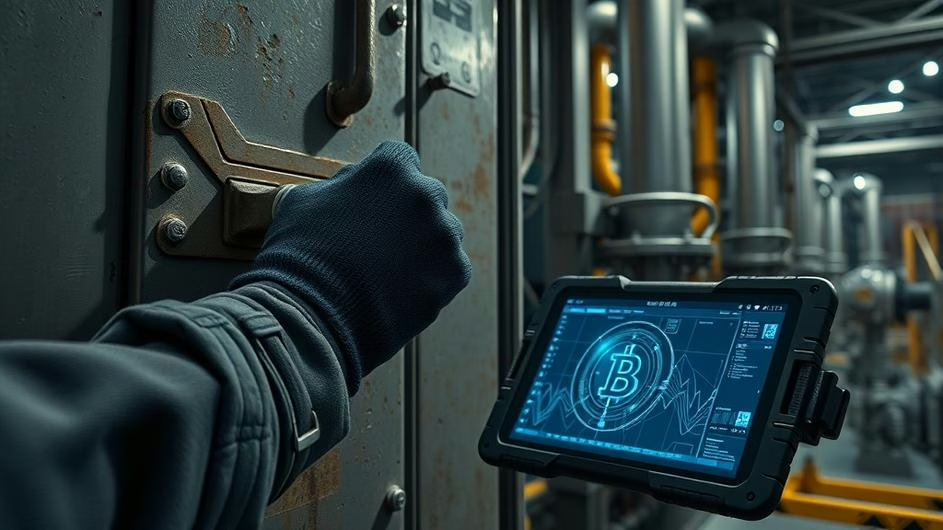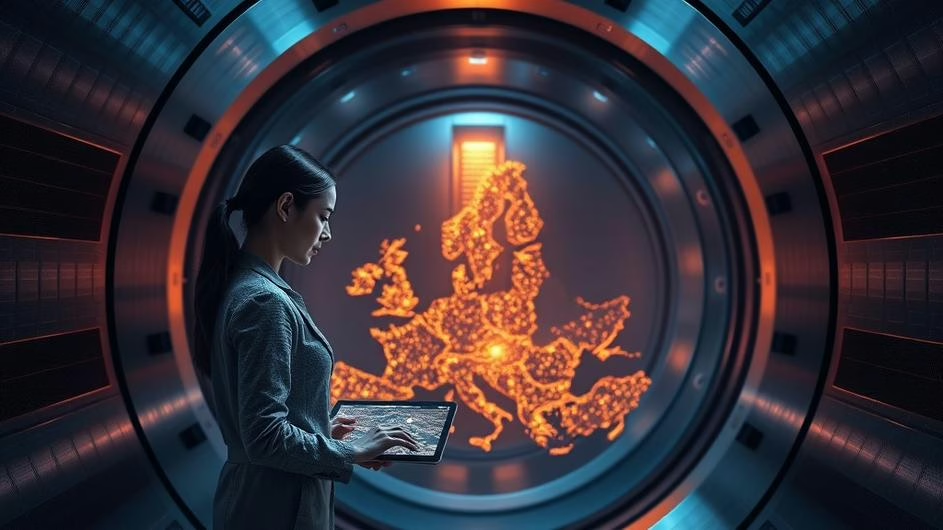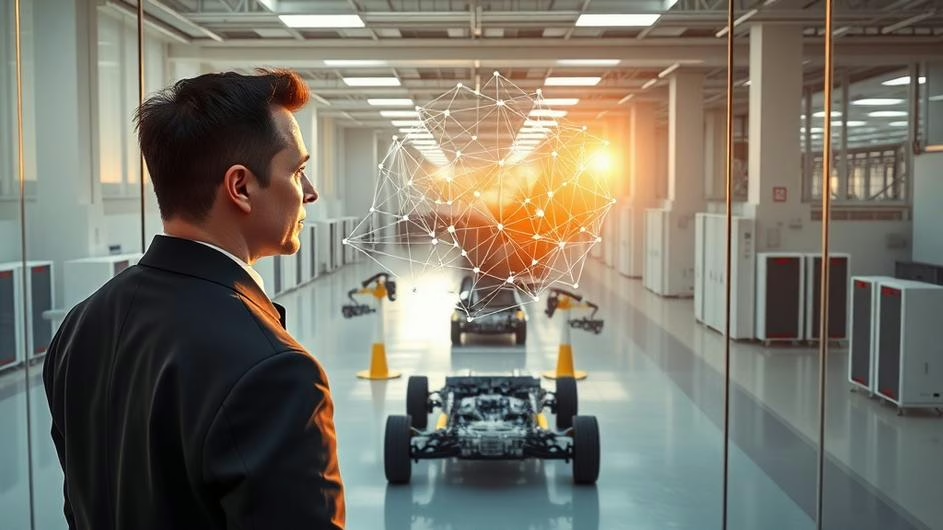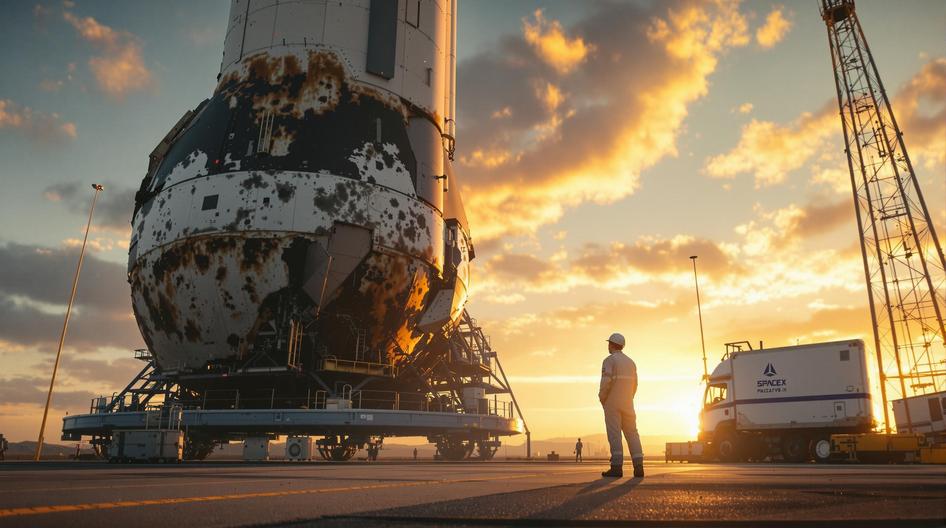
The Autonomous Frontier: How Self-Driving Vehicles Are Rewriting the Rules of Mobility and Beyond
Self-driving cars aren’t just rolling down Silicon Valley streets anymore. They’re crossing international borders, sparking billion-dollar investments, and even heading to space. This technological shift is creating new challenges for regulators, fresh opportunities for crypto investors, and unexpected connections to the broader Web3 ecosystem. What happens when machines take the wheel completely? The implications stretch far beyond our daily commutes.
When Police Meet Robots: The San Bruno Paradox
Picture this: police officers in San Bruno, California, pull over a car for an illegal U-turn. Standard procedure, right? Except when they approach the vehicle, there’s no driver to cite. Just a Waymo robotaxi operating completely autonomously.
This real incident exposes a fascinating legal gray area that’s becoming increasingly relevant as autonomous vehicles multiply. How do you hold a machine accountable? Who pays the fine? These aren’t just philosophical questions anymore—they’re practical challenges that cities face today.
The situation gets even more complex when you consider the financial infrastructure behind these vehicles. Many autonomous vehicle networks are exploring blockchain-based payment systems for seamless transactions. Imagine smart contracts automatically handling insurance claims or traffic violations without human intervention.
The Reality Check: Full Autonomy Still Years Away
Despite all the hype around self-driving technology, industry experts don’t expect fully autonomous vehicles until after 2035. That’s more than a decade away, which gives the tech industry plenty of time to solve both technical and regulatory puzzles.
Currently, systems like General Motors’ Super Cruise represent the cutting edge. It’s expanding to hundreds of thousands of vehicles and will work on hundreds of thousands of miles of roads across North America. But there’s a catch: these systems still require human oversight and can’t handle every scenario.
China’s recent regulatory crackdown after fatal driver-assistance failures shows how technical progress must align with policy development. This regulatory dance affects everything from traditional automakers to the emerging companies building next-generation transportation infrastructure.
Freight Moves First: Einride’s Border-Crossing Breakthrough
While passenger cars navigate regulatory hurdles, the freight industry is moving fast. Swedish startup Einride just pulled off something remarkable: the world’s first fully autonomous cross-border freight delivery using a cabless electric truck.
No human driver. No physical cab. Just pure autonomous technology crossing international boundaries. This isn’t just a tech demo—it’s a glimpse into how global logistics could transform over the next decade.
Einride’s success attracted serious money. The company recently raised $100 million to accelerate its global rollout, positioning itself as a leader in autonomous freight solutions. Since 2016, they’ve built one of the largest electric heavy-duty truck fleets, expanding from Sweden into the US and UAE markets.
What’s particularly interesting is how this connects to broader digital transformation trends. Autonomous logistics networks could integrate with blockchain-based supply chain tracking, creating transparent, automated systems that handle everything from route optimization to payment processing.
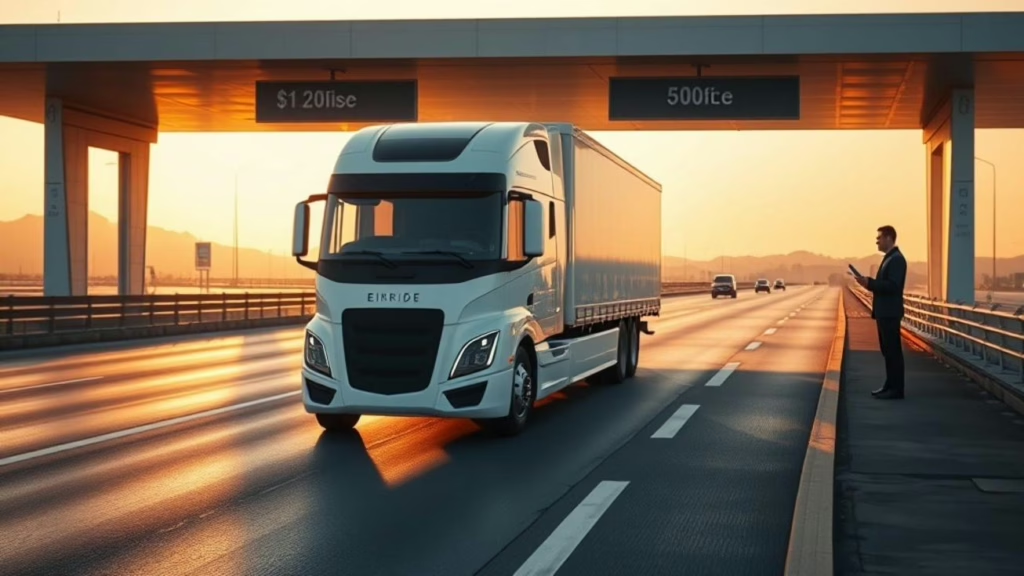
Navigation Goes Interplanetary
Here’s where things get really wild: the same navigation challenges we’re solving for Earth-bound vehicles are inspiring breakthrough solutions for space exploration. Researchers at Stanford’s Navigation and Autonomous Vehicles Lab are working on satellite-based navigation systems for the Moon.
Think about the technical complexity here. Lunar navigation deals with extreme distances, weak signal strength, and the challenge of time synchronization across celestial bodies. The solutions require sophisticated algorithms, satellite communication networks, and even simulation platforms like Unreal Engine for testing before hardware leaves Earth.
These space-focused innovations often trickle down to terrestrial applications, potentially benefiting autonomous vehicle networks back on Earth. It’s another example of how seemingly unrelated tech developments can create unexpected synergies.
The Bigger Picture: What This Means for Tech Investors
Autonomous vehicle development isn’t happening in isolation. It’s part of a broader technological shift that includes artificial intelligence, blockchain infrastructure, and the evolution toward more automated economic systems.
For investors tracking AI-driven market trends, autonomous vehicles represent a massive opportunity. The sector combines hardware innovation, software development, and new business models that could reshape multiple industries simultaneously.
Regulators are scrambling to catch up. They need frameworks for vehicles without drivers, trucks that cross borders autonomously, and payment systems that operate without human intervention. This regulatory development could significantly impact how quickly these technologies reach mainstream adoption.
Logistics companies are already planning for a world where electric trucks drive themselves along international highways. This fundamental shift in goods movement could affect everything from shipping costs to global trade patterns.
Looking Ahead: The Convergence of Technologies
The autonomous vehicle revolution isn’t just about transportation. It’s about creating integrated systems where AI, blockchain, and automation work together to solve complex challenges.
Space technologists are preparing for autonomous exploration beyond Earth, using navigation tools that were first developed for Silicon Valley startups. Logistics networks are becoming increasingly automated and transparent. Payment systems are evolving to handle machine-to-machine transactions without human oversight.
What’s emerging is a world where autonomous systems handle more aspects of daily life, from moving goods across continents to exploring other planets. The technologies being developed today for self-driving cars could become the foundation for much larger automated networks.
The road ahead is filled with technical challenges, regulatory hurdles, and massive opportunities. As autonomous vehicles become more common, technology’s role in shaping mobility will extend far beyond geography. We’re building the foundation for transportation systems that work anywhere machines can navigate, and everywhere humans can imagine automation making life better.
Sources:
- “This Car Stopped Itself And No One Was Inside”: San Bruno Police Face Chaos After Waymo Pulls Illegal U-Turn And Exposes Legal Black Hole, LeftLaneNews, Oct 3, 2025.
- Fully autonomous cars won’t be common until after 2035, experts say, USA Today, Oct 3, 2025.
- Can Satellite-based Radionavigation be Extended to the Moon and Other Extraterrestrial Bodies?, Inside GNSS, Oct 3, 2025.
- This Self-Driving Truck Has No Cab—and It Just Crossed a Border on Its Own, Autoweek, Oct 2, 2025.
- Self-driving trucks startup Einride raises $100M, TechCrunch, Oct 1, 2025.



